Over a year ago, Chris Esposito and I took advantage of some glorious weather by hauling our kayaks down to Braithwaite in St. Bernard Parish, LA. We paddled around in the canals for a few hours, dodging large alligators most of the time. On the drive back, we detoured south into St. Bernard Parish to find out what was at the end of Hwy. 46 – Shell Beach, LA.
Arriving at Shell Beach, we parked and were immediately drawn to the Hurricane Katrina Memorial. This shrine is in two parts. The Katrina Memorial Cross, designed by Arabi welder and fabricator Vincent LaBruzzo Sr., stands a few feet off shore. This stainless-steel crucifix was a hot-button issue in 2006. Louisiana ACLU Executive Director Joe Cook opposed the erection of the cross in a letter to parish officials, “Government promotion of a patently religious symbol on a public waterway is a violation of the Constitution’s First Amendment, which prohibits government from advancing a religion.” Parish president Henry “Junior” Rodriguez gave a frank and candid response, “They can kiss my ass.” Just in front of the cross on shore, the names of St. Bernard residents who died in Hurricane Katrina are etched into a slab of marble, “Bertha Acosta, Sarah Bosarge, Joyce Fonseca, Gladys Leblanc, Joseph Major, Emile Poissenot” and so many more, totaling 163 in all.
Then, Chris and I noticed a seemingly misplaced structure on the distant horizon. It looked like many of the forts in the region, but I knew nothing about one in this area. Once home, a few seconds of research revealed that this was Fort Proctor, a ruined civil-war era fort reclaimed by nature and only accessible by boat. Ruins only accessible by boat? Can you imagine a more titillating combination of words for a kayaker? The seed was planted. I simply had to get to that fort.
The thought of paddling out to Fort Proctor festered for over a year. I shared the notion with friend and coworker Woodlief “Wood” Thomas, and he was immediately 110% in. Actually, his tenacity to “storm the fort” is probably what kept the idea alive for so long.
Finally fifteen months later on May 15, 2011, Wood, Chris, and I set out for Fort Proctor. To reach the fort we would cross the Mississippi River Gulf Outlet (MRGO and pronounced “Mister Go” by the locals), navigate a small stretch of Bayou Yscolskey, and finally paddle a few hundred feet into Lake Borgne. Aside from the strong wind gusts, modest chop, and constant marine traffic on the MRGO, the real challenge was moving three people with two kayaks. Plan A, Wood riding in my aft compartment, was nixed as soon as we saw the turbulence of the MRGO. Plan B required Wood to swim alongside my kayak – also thrown out by the group. Plans C and D escape me, but Chris at last developed an ingenious Plan E – Chris and I would paddle across the MRGO. Upon reaching the banks of Bayou Yscolskey, we would then tie his smaller boat to my boat, and I would tow his boat back to Shell Beach, where Wood would then paddle across the MRGO. The plan went off without a hitch. Once the group was fully assembled on the banks of Bayou Yscolskey, Wood was then able to walk and swim along the bank, all the way to the fort.

Launch at Shell Beach, cross the MRGO, navigate Bayou Yscolskey, and paddle a few hundred feet into Lake Borgne to Fort Proctor.
Designed to defend New Orleans from the Union Army, Fort Proctor was constructed under the supervision of General P. G. T. Beauregard in 1856. Also known as Fort Beauregard and Beauregard’s Castle, the fort was originally located about 150 feet inland with a rail yard on its northern end. Today it is approximately 230 feet from the shore, surrounded by Lake Borgne. The stronghold never got a chance to prove its might. In its day, the fort was created with cutting edge building technologies such as poured concrete and rolled iron I-beams, but by the outbreak of the Civil War, the building was already nearly obsolete. There were plans to outfit the fort with twelve 32-pounder seacoast guns, three 18-pounder guns, three 12-pounder guns, eight flank Howitzers and eleven 8″ heavy seacoast Howitzers, yet construction was never completed due to hurricane damage. Fort Proctor was never even officially garrisoned, and in desperation, Confederate soldiers blew the levees near the fort. Water rushed into the structure and rendered it useless.
Before Lake Borgne fully claimed the fort and before the construction of the MRGO, Fort Proctor was still accessible by land. Easy access made this abandoned shell a teen hangout in the 1940s and 50s. Maybe one of these teens is responsible for crafting the wooden ladder we found in the fort. Searching through Louisiana fishing message boards, I found that Fort Proctor is a great place to catch Redfish and Speckled Trout, especially between the rocks and the marsh. In 1978 the fort was listed on the National Register of Historic Places.
Today, a large-stone levee protects the entire perimeter of the fort from large Lake Borgne waves, but the water finds its way in. We slugged through about a foot of water throughout the fort, occasionally sinking shin-deep into mud. Besides the rock wall, the only other things protecting Fort Proctor are alleged ghostly lovers. In a New Orleans Times Picayune article dated December 28, 1975, Chris Segura notes that, “According to local legend, the fort is now defended by the ghosts of a one-armed soldier and his bayou-born lover. They dance upon the aged walls in the forms of blue flames.” Segura continues, “Scientists say that the balls are gases rising from the marsh. Believers say spirits take many forms, use any vehicle – even the natural gases of the marshland.”
Today we explore the mysteries of Fort Proctor. However useless it was to the Confederacy and however futile its construction, I will say that this fortress has stood up to time quite well, considering geographic location. Proctor didn’t see action in the Civil War, but wind, hurricanes, storm surge, and teenagers continuously breached the fortification. With that in mind, I think she looks amazing for her age – 154.

Chris Esposito (left) and Woodlief Thomas (right) approach the ruins.

Chris Esposito is first to scale the wall

"1856" photo by Woodlief Thomas


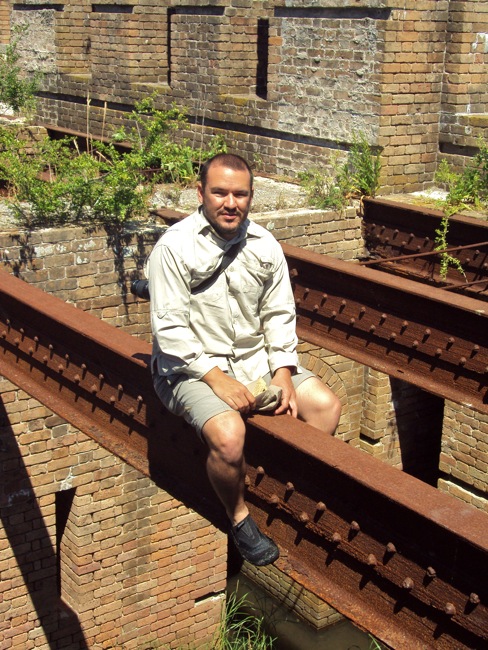
Taylor Lasseigne - photo by Woodlief Thomas
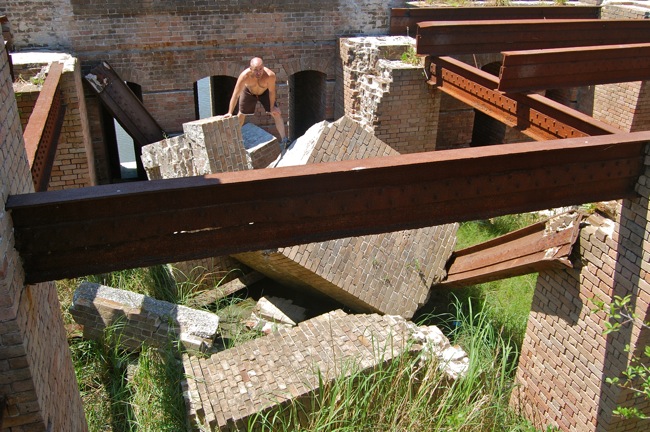
Woodlief Thomas


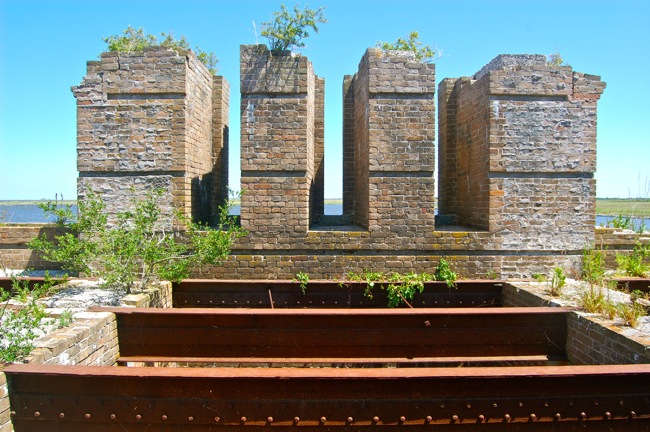
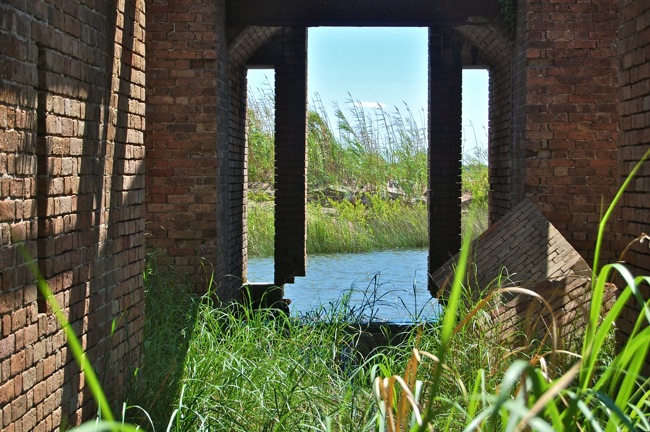
This column is connected to the base by one brick!

Chris Esposito

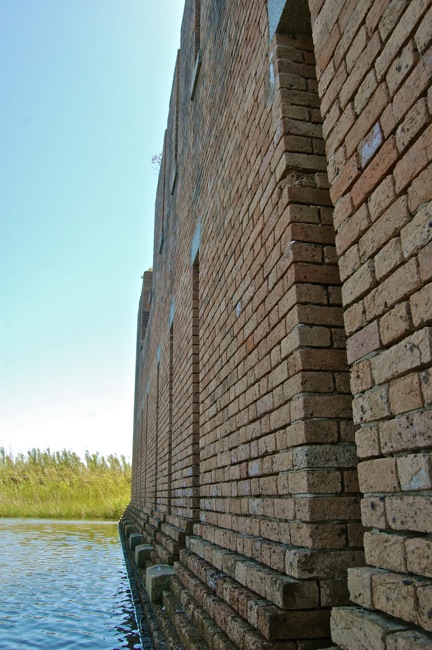
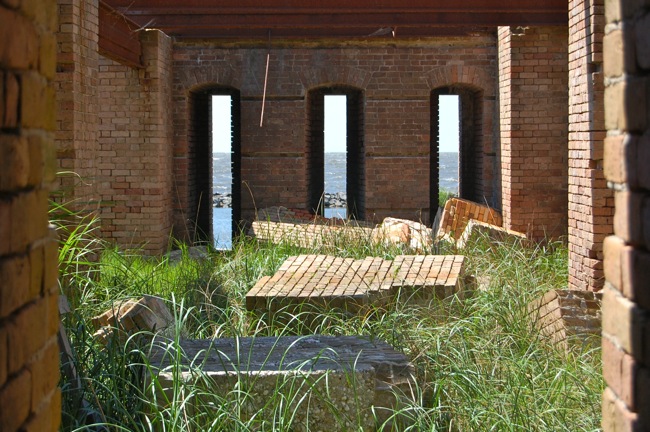

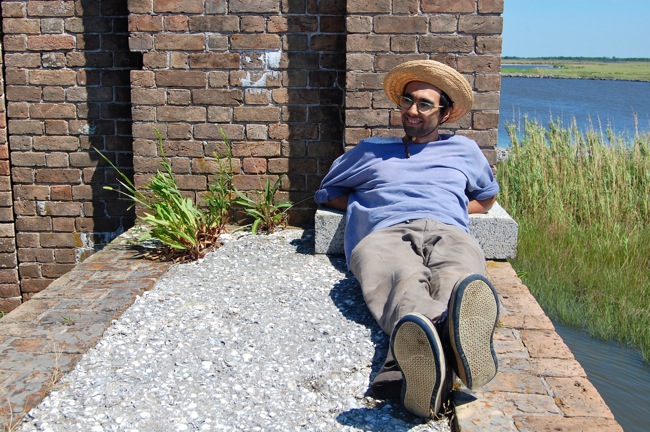
Chris Esposito


photo by Woodlief Thomas

After some time in the fort, we began the one-mile trip back to Shell Beach. Knowing that we would have to repeat the kayak relay, three guys and two boats, we started back long before sunset. Wood, on foot, went ahead of Chris and I. We paddled up Bayou Yscolskey as Wood scampered along the bank. When the brush became impassable, he took off his shoes, waded into the bayou, and swam 220 feet to the other side. Wood commented on how strong the current was in Bayou Yscolskey and how the swimming was a lot harder than it looked. Once across, he returned the shoes to his feat and again began to traverse the bank. It was at this point that the Wildlife and Fisheries boat, carrying three uniformed men, approached our party. The agents surveyed our one if by land and two if by sea situation and probably assumed we were in trouble, “Do you guys need some help?” Chris clarified that we were OK, that we were simply short a boat, and he explained the kayak-towing relay that was about to take place. The Wildlife and Fisheries agents paused and then offered Wood a ride back in the boat. There wasn’t much hesitation on our part. The three of us exchanged what I believe was a look of slight relief, and Wood jumped in the boat. Normally, I wouldn’t want a marine adventure to end with a team member in the custody of Wildlife and Fisheries, but this wasn’t an arrest. This wasn’t a rescue. This was simply a more convenient way to get back to the car, and we were all fine with the decision. The lift cut our return time in half.
As I loaded my boat onto the car, a thought surfaced. I thought about how impossible the trip seemed in the beginning – too few boats and extremely windy conditions. There was talk of scrubbing the whole thing, but we didn’t. We made it happen, and the payoff was immense. This Fort Proctor adventure is my favorite Louisiana daytrip to date. Still, there is at least one reason to return. Next time we’ll visit the illuminated one-armed ghost and his lover, after sunset.

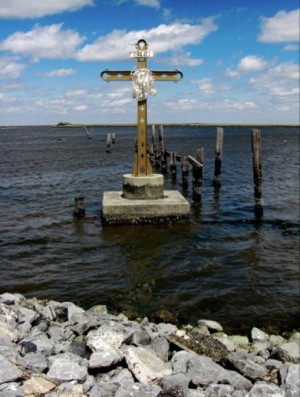


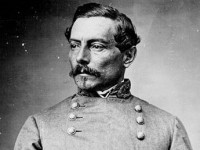



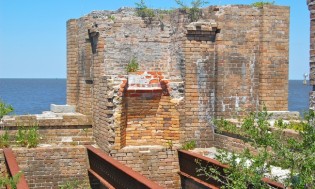









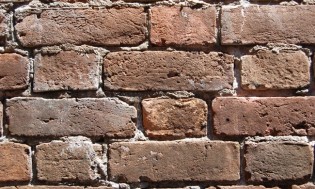


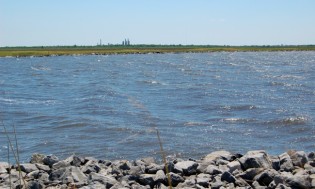

Staying in the St Bernard area while hubby works @ Michoud Plant. Found Fort Proctor by accident while venturing out to Shell Beach last week…the building piqued my curiosity as well…snapped a far off pic…considered renting a boat as kayak is in basement in NC! LOL…finally sat down today and started my google search…although I’m jealous the adventure and pics are yours and not mine 😉 …THANK YOU for sharing nonetheless!!
Great post! On my list of places to fish and explore by small boat!
This caught my attention when shown on The Weather Channel’s Uncharted Adventures. I knew there was more history than I was getting so I googled. Very interesting. And the visit by the Chris, Woodlief, and Taylor was fasinating to read about.
It was one of those right place right time situations. You could just look at those old bricks and imagine what happened there.